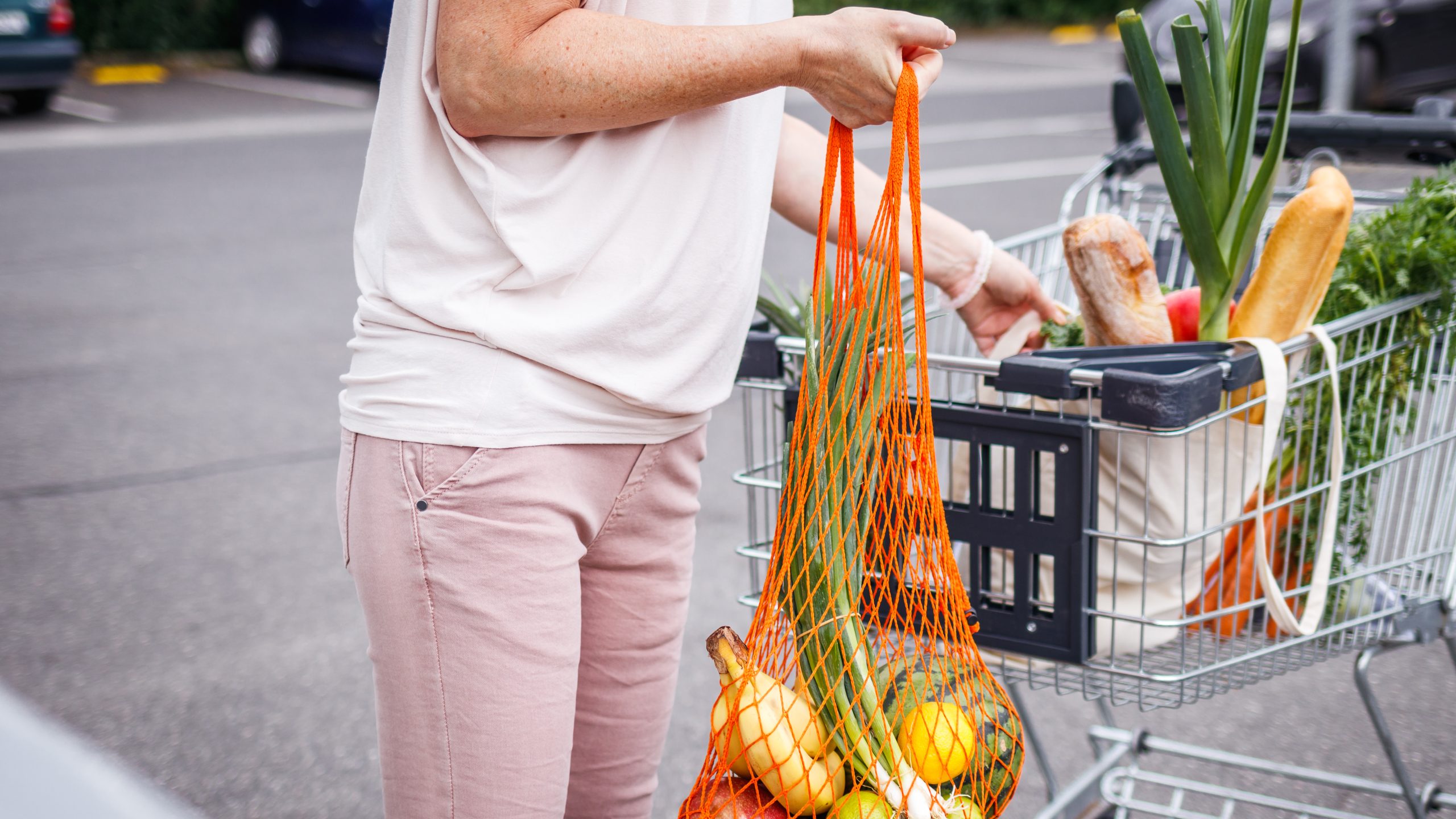There’s lot of waste in this land of plenty, with an estimated 30% of the edible food produced annually in the U.S. being wasted. This amounts to more than 133 billion pounds and $160 billion worth of food, with a significant portion wasted at the consumer level.
This amount of waste has far-reaching impacts on society, especially individual households that live far distances from grocery stores and supermarkets.
A group of Auburn University researchers examine the issue of proximity to food resources and waste in a paper published recently in the journal Food Policy.
“Our main finding is that households that live closer to grocery stores and supermarkets waste less food, and this is especially true for households that purchase a lot of fresh foods,” said Joel Cuffey, lead author and associate professor in the College of Agriculture’s Department of Agricultural Economics and Rural Sociology.
Co-authors include Assistant Professors and fellow Alabama Agricultural Experiment Station researchers Wenying Li and Ruiquing Miao, as well as Yang Yu, assistant professor at Montana State University.
Cuffey and his colleagues examined the relationship between the retail food environment for individual households and household food waste. “Conceptually, the relationship is ambiguous and depends on how store access interacts with frequency, size and the composition of food purchases,” he said.
Using FoodAPS data to estimate the relationship between store proximity and household food waste, the researchers measured this relationship for different retail food store formats and also investigated heterogeneity and mediating factors.
“We find that a 1% increase in the distance to the nearest small food store is associated with 0.02% more food waste among all households,” Cuffey said. “A 1% increase in the distance to the nearest large food store – such as supermarkets and grocery stores – is associated with 0.05% more food waste among households in poverty, with larger associations among households without cars.”
The researchers further found that shopping frequency and size do not mediate the relationship between large food store proximity and food waste, but they did find differences over the amount of fresh foods purchased on the average shopping trip.
“Among households that purchase large amounts of fresh foods per trip, greater distance to a large food store is substantially associated with more food waste,” he said. “Our results contribute to policy discussions surrounding food waste as well as food access.”
There are a variety of strategies for making grocery shopping more convenient, Cuffey said, including improving public transportation, increasing the availability of mobile markets, or grocery delivery.
“Beyond improving food security or access to healthy foods, these strategies likely also reduce the amount of food that households waste,” he said. “Strategies to reduce food waste ultimately can improve household welfare and health.”
Mitigating food waste can have important environmental and efficiency implications, and food waste from households and retailers represents the largest source of food waste, according to the paper.
Food waste disposal taxes and subsidies have been suggested as policies to mitigate food waste, but such policies are politically difficult and also very likely to be regressive, Cuffey said.
The publication of Retail food environment and household food waste: An empirical study was made possible with support from the Alabama Agricultural Experiment Station and the Hatch program of the National Institute of Food and Agriculture, U.S. Department of Agriculture.





